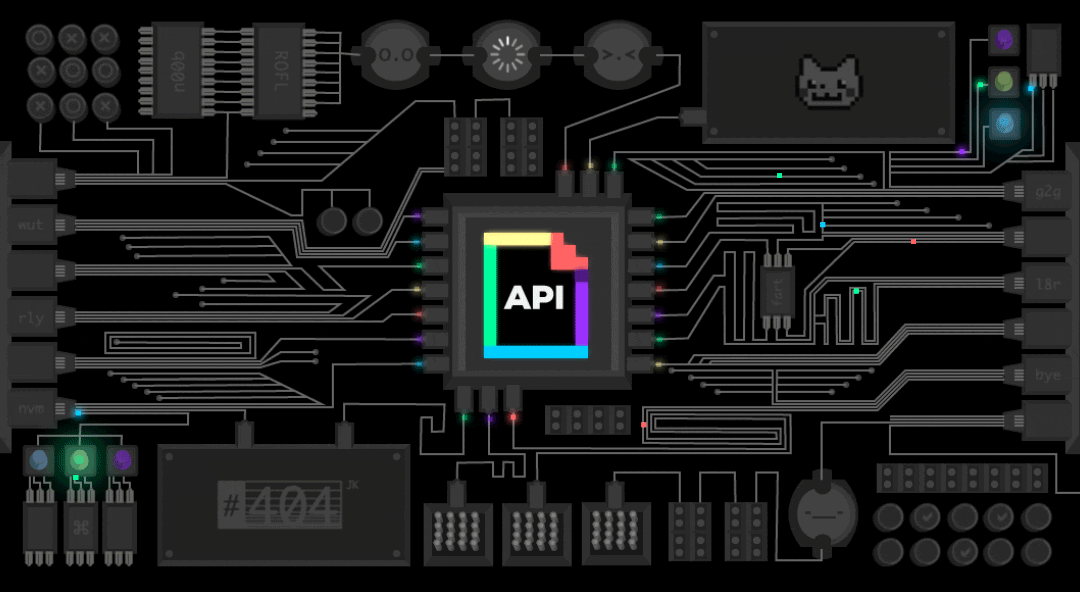63 個專案實戰,寫出作品集,讓面試官眼前一亮!
React,一個流行的 JavaScript 函式庫,用於構建使用者介面,通過使開發者能夠創建可重用的組件並高效地管理複雜的使用者介面,徹底改變了前端開發。然而,對於新的開發者來說,採取正確的心態是導航 React 獨特範式的關鍵。我們來探討塑造「React 心態」的基本原則和策略。 ## 1...
現在很多人使用像是 **oh-my-zsh** 這類工具,這些工具內建了許多非常有用的功能,包括 Git 快捷鍵。別誤會,這些工具真的很好。但我認為理解背後的運作原理是非常重要的。你可以隨意使用各種工具,但從根本上建立自己的工作流程是有真正價值的。 如果你對我為什麼認為 **應該自己編寫工具*...
你是否曾經想過為什麼某些 JavaScript 程式碼似乎無法按順序運行?理解這一點的關鍵是 **事件循環**。 JavaScript 的事件循環可能難以理解,特別是在處理不同類型的非同步操作時。在本文中,我們將解析 JavaScript 如何處理 **同步** 和 **非同步** 程式碼、*...
授權是我們應用程式中決定使用者可以在何種資源上執行哪些操作的過程,這是每個應用程式的重要要求。實施[基於角色的存取控制 (RBAC)](https://www.permit.io/blog/an-introduction-to-role-based-access-control) 是一個簡單的方法來...
最近,我一直在拖延,沉迷於 Netflix 追劇,無止境地滑動社交媒體等等。 最終,我決定擺脫拖延症。有什麼比編寫一個 AI 代理來幫助我保持軌道並定期提醒我是否應該開始沉迷於媒體消費的方式更好呢?  為語言帶來一系列新特性和改進。這些更新旨在提高開發者的生產力、代碼的可讀性和整體性能。讓我們探討 ES15 中一些最值得注意的新增功能。 ## 1. 增強的字串操作 ES15 引入了新的字串操作方法...
Encore.ts 是 TypeScript 的開源後端框架。本指南將引導您了解如何將[Express.js](https://expressjs.com/)應用程式遷移到[Encore.ts,](https://encore.dev)以獲得類型安全的 API 和 9 倍的效能提升。 為什麼要...
React hooks 徹底改變了我們在 React 中編寫元件的方式,使我們的程式碼更具可讀性、可維護性和功能性。無論您是經驗豐富的開發人員還是剛起步的開發人員,這些掛鉤都是可以顯著改進您的專案的重要工具。在本部落格中,我們將探討一些最有用的 React hook,以及如何有效使用它們的範例。 ...
今天,我將向您展示如何建立一個 useDebounce React Hook,它可以非常輕鬆地對 API 呼叫進行反跳操作,以確保它們不會執行得太頻繁。我還製作了一個使用我們的鉤子的演示。它搜尋 Marvel Comic API 並使用 useDebounce 來防止每次按鍵時觸發 API 呼叫。 ...
> 您可以[在此處](https://dev.to/gruberb/web-programming-in-rust-02x-deploy-your-first-app-1k05)找到本系列的第二篇文章(「部署您的第一個 Rust 應用程式」)。 鐵鏽則不同。您可以在周末學習 Pytho...
人工智慧風靡一時,並且有大量的炒作。有人說這將改變我們所知道的世界(以錯誤的方式),而其他人則說這是一種時尚。 然而,正如埃隆馬斯克所說,“最有趣的結果是最有可能的。” 人工智慧不會殺死我們所有人,它也不是一種時尚。相反,它將提高我們的生產力,建立更複雜的系統。  ### 1.Mapbox **API 範例** Mapbox 提供全面的工具和準確的位置資料,您可以使用它們...
隨著 Web 應用程式變得越來越複雜,開發人員需要充分利用現代瀏覽器的全部功能。在本綜合指南中,我們將探索各種尖端的Web API,它們將在2024 年徹底改變Web 開發。使用者友善的Web經驗。 1. 付款請求API:簡化線上交易 ----------------- 付款請求 AP...
征服 Next.js 叢林 ---------------- 嘿,程式碼管理員和 Next.js 愛好者! 👋 您是否感覺像印第安納瓊斯一樣,在元件、鉤子和配置文件的茂密叢林中進行黑客攻擊?別擔心,在這次冒險中你並不孤單。我曾經在那裡,手裡拿著砍刀,試圖在大型 Next.js 計畫的荒野中開...
JavaScript 是一種多功能且功能強大的語言,但它也很難掌握。這裡有 20 個 JavaScript 技巧和技巧,每個開發人員都應該了解它們,以便編寫更清晰、更有效率的程式碼並改進他們的開發工作流程。 🌟 請訂閱我的 [YouTube 頻道](https://www.youtube.co...
介紹 -- React 是用於建立使用者介面的流行JavaScript 程式庫,即將在即將發布的版本19 中實現巨大飛躍。感到興奮不已我們建立 Web 應用程式的方式。 在這份綜合指南中,我們將探索 React 19 的前沿功能,包括新的掛鉤、API 變更和效能增強,這些將重塑您的開發...
精選技術文章、免費程式設計資源、以及業界重要新聞!
也歡迎訂閱 YouTube 頻道,觀看每週二晚間的《CodeLove Talk》直播節目,一起討論軟體開發相關的話題!